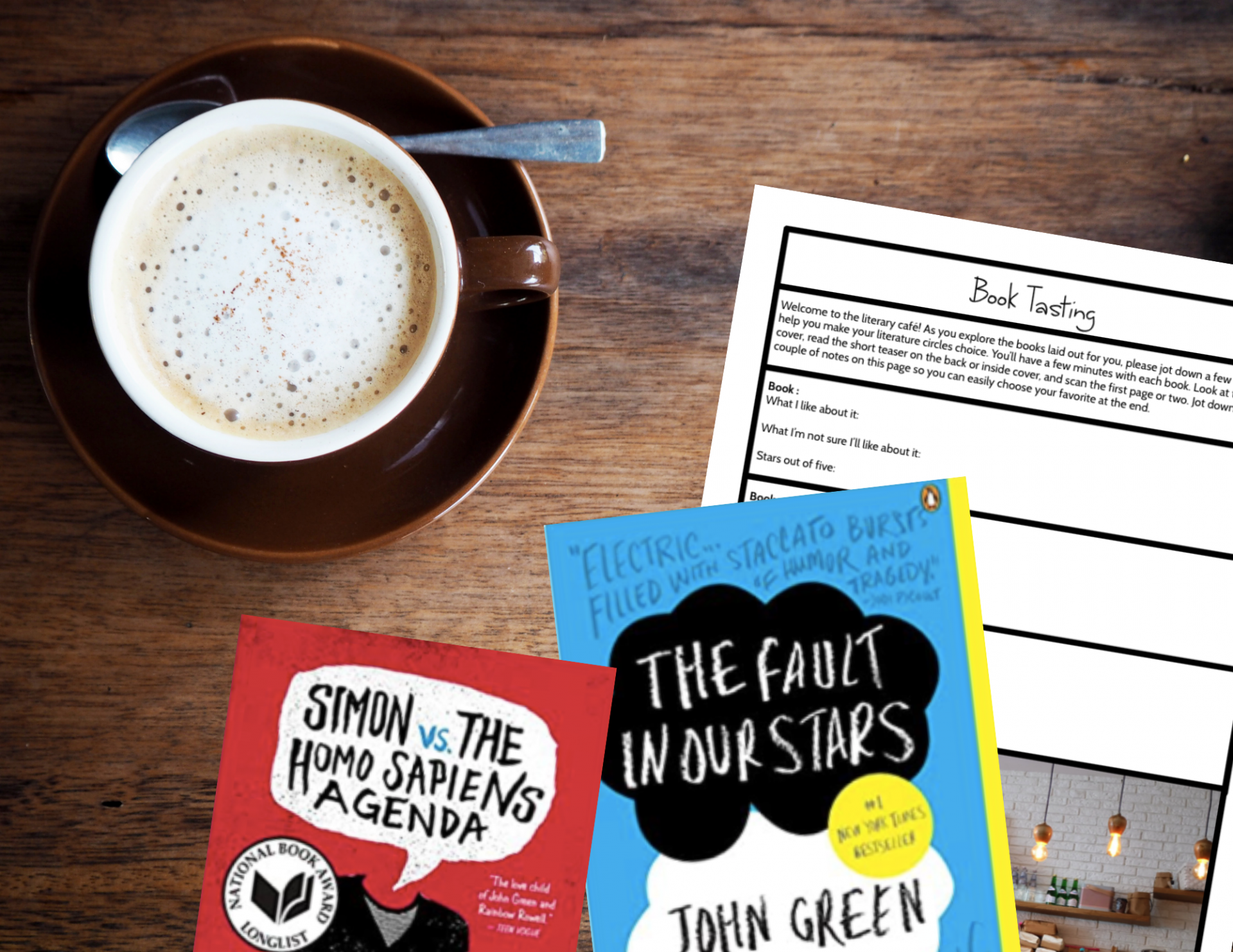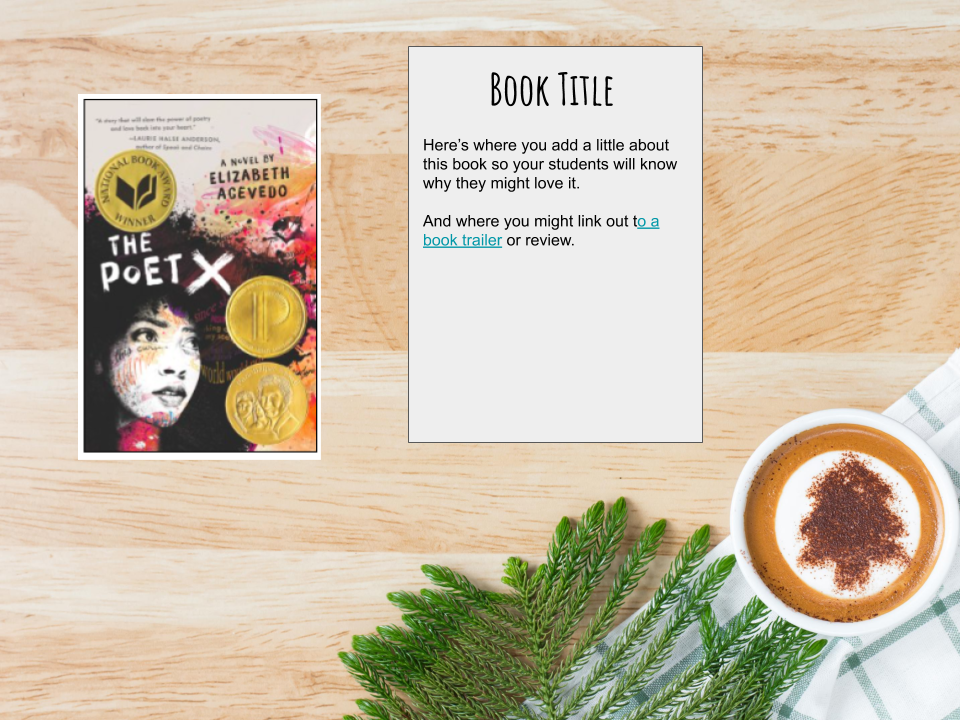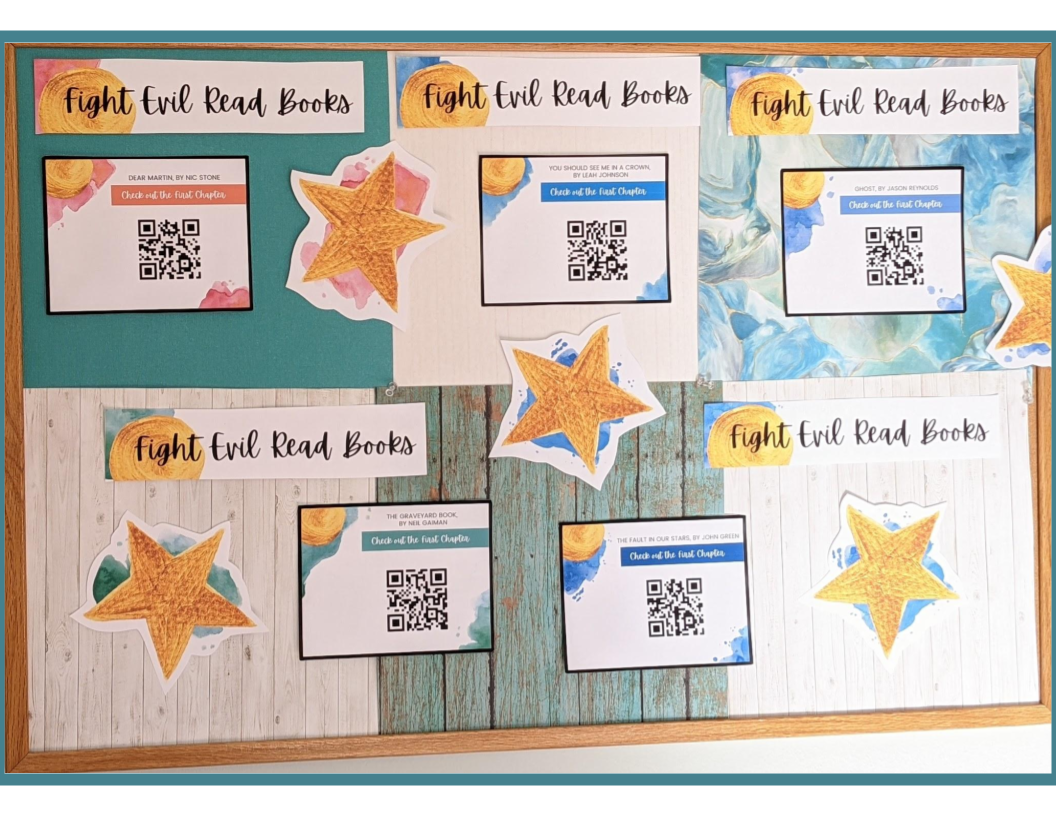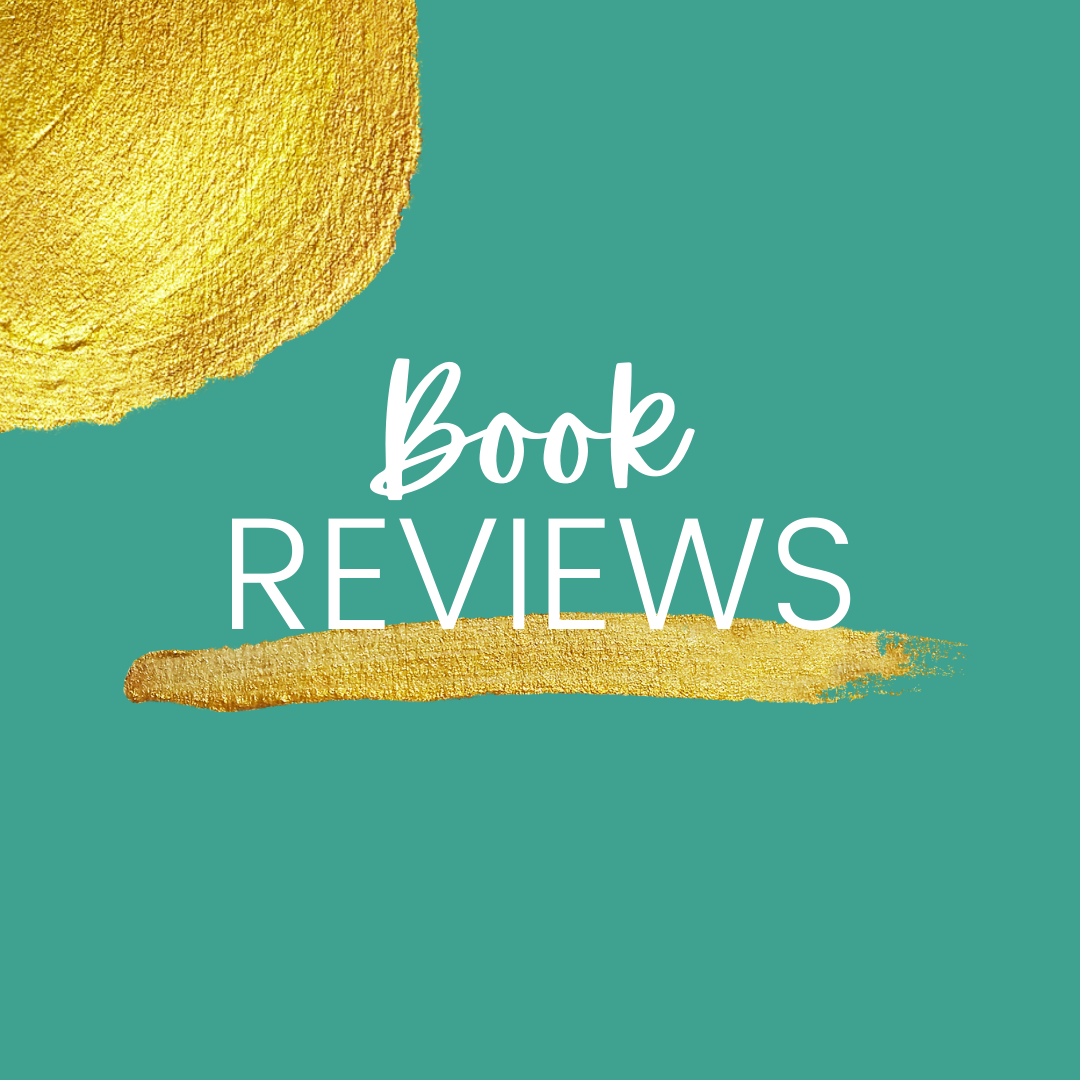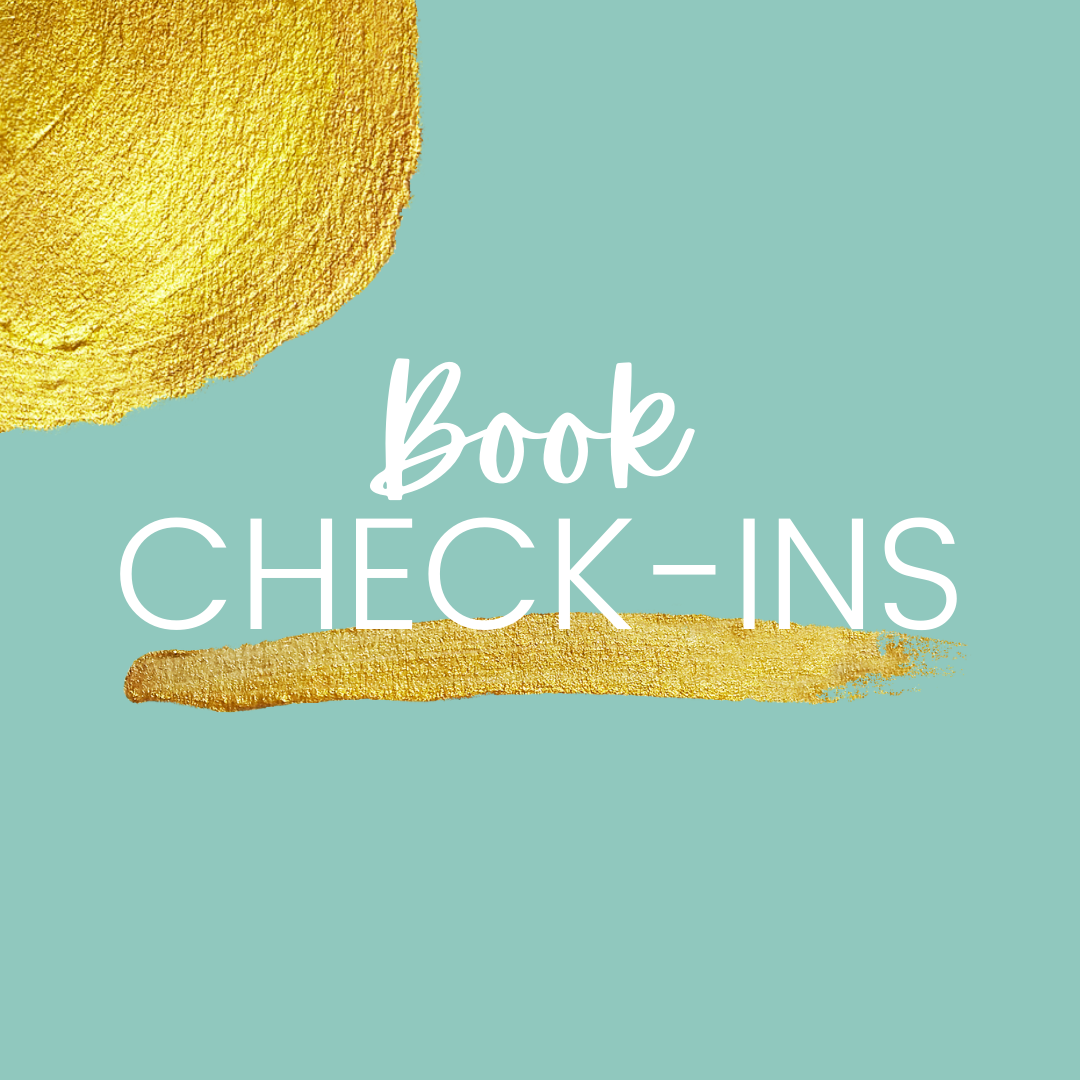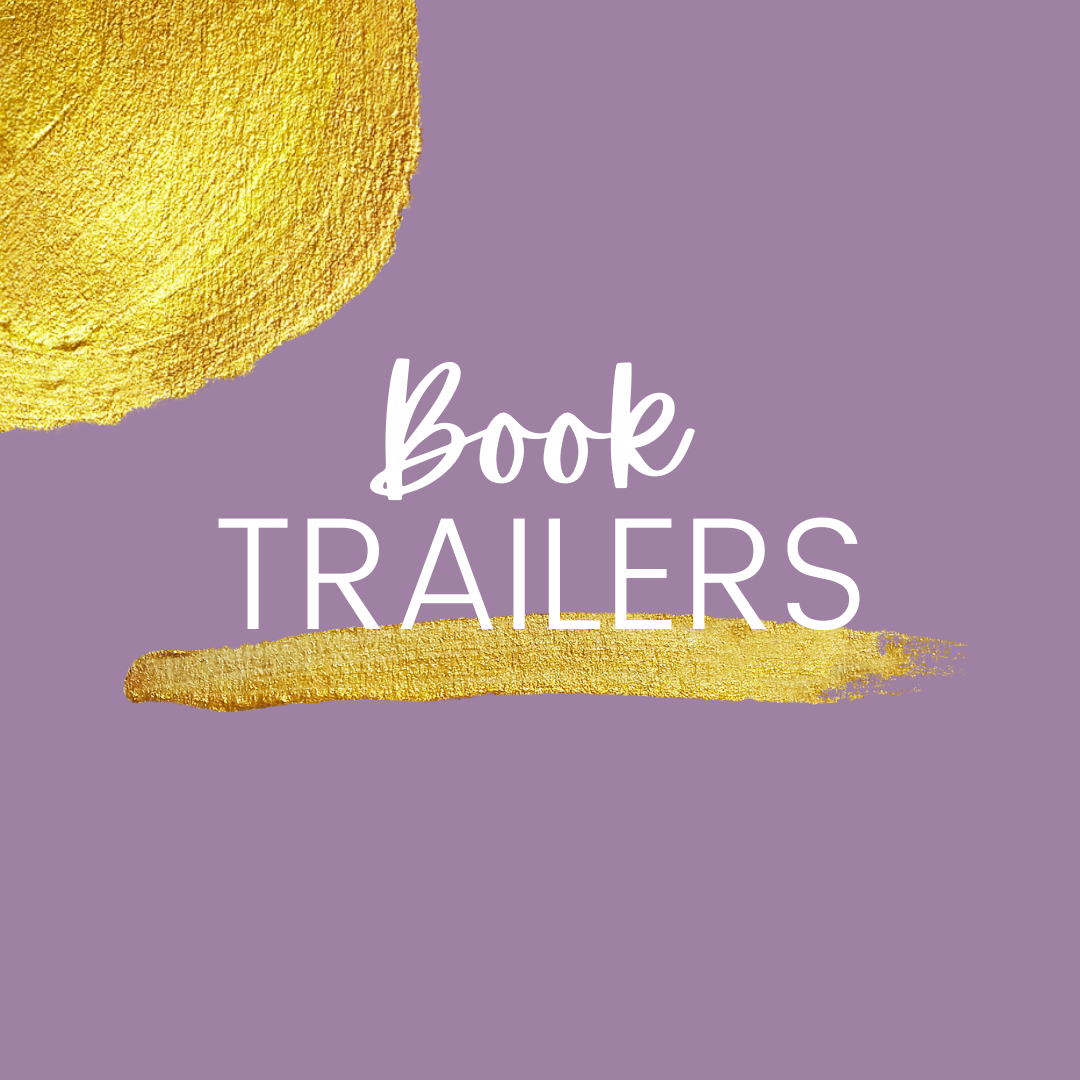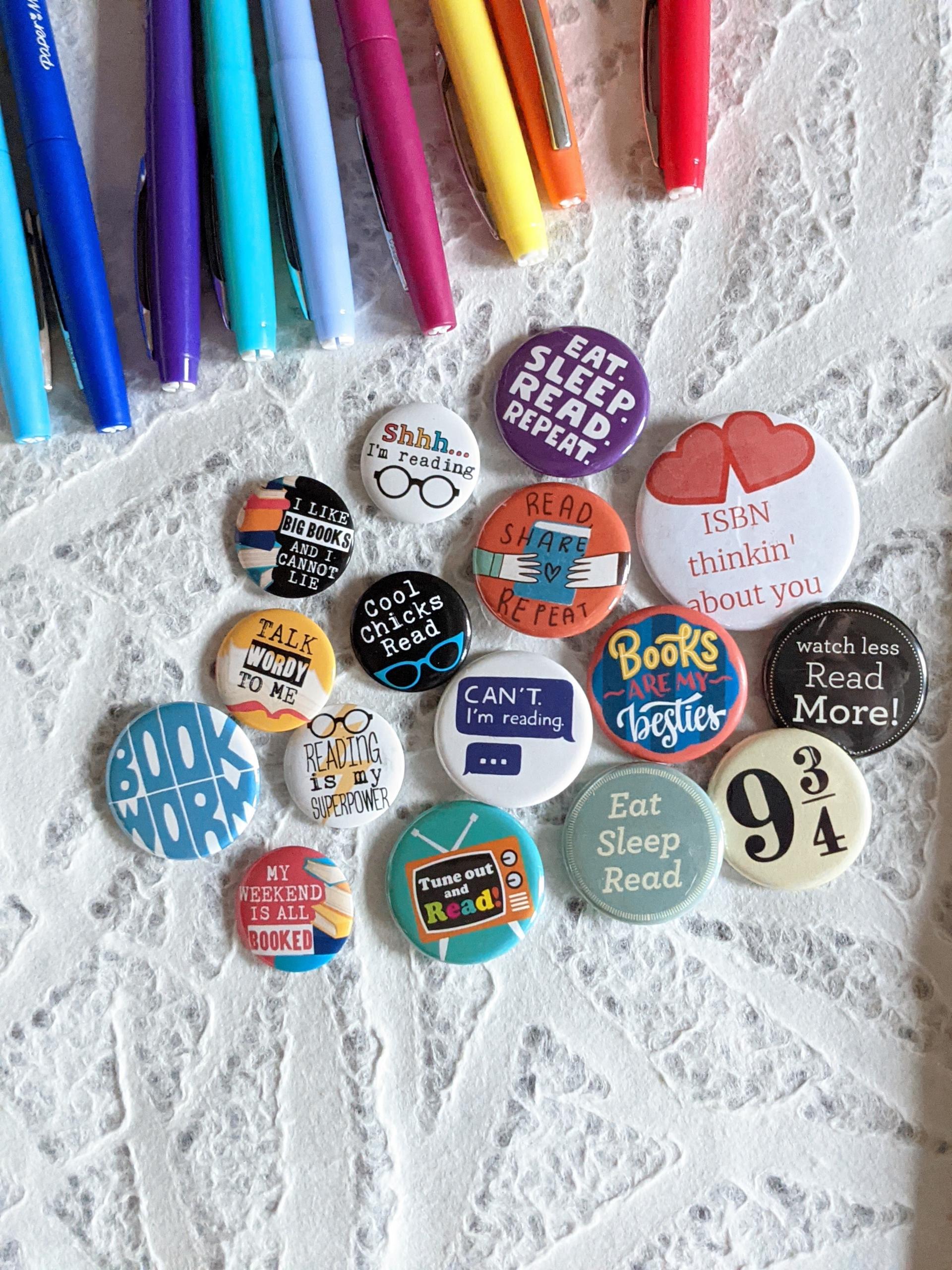Building a library is about collecting books that your students can really connect to. Better to have a few dozen of the right books, than hundreds of the wrong ones.
Please, don't be intimidated if you have no books right now. That's OK! Building a library is a beautiful and rewarding process, and there are lots of ways to do it.
Start here, with this list of top student favorites.
Now, consider your options for building your collection.
#1 Slow and Steady (on your own): With this option, you begin to collect books today. Search in library book sales, used book stores, your friends' basements, Goodwill, your own bookshelf.
#2 In Collaboration with your Librarian: This is a great way to supplement your own texts, or even as a way to entirely fill your library. Meet with your school librarian and ask if there is a way to run an outpost of the school library in your room, curated by you.
#3 With Donors Choose: Donors Choose is a great way to fund your classroom library, if your district allows it. You can create a classroom wishlist and get rolling right away using these helpful tips for success.
#4 With an Amazon Wishlist: If you'd like to tap into your parent community to support your library (and your school is OK with that), you can create an Amazon wishlist with the books you'd like to add to your library (here's a step-by-step to help). For an easy way to share it, create a classroom newsletter a few times a year using these free templates at Canva, and then link your wishlist in one section along with a quick request for interested families to choose a book to donate.
Can you use all four strategies, you ask? Of course!!!












